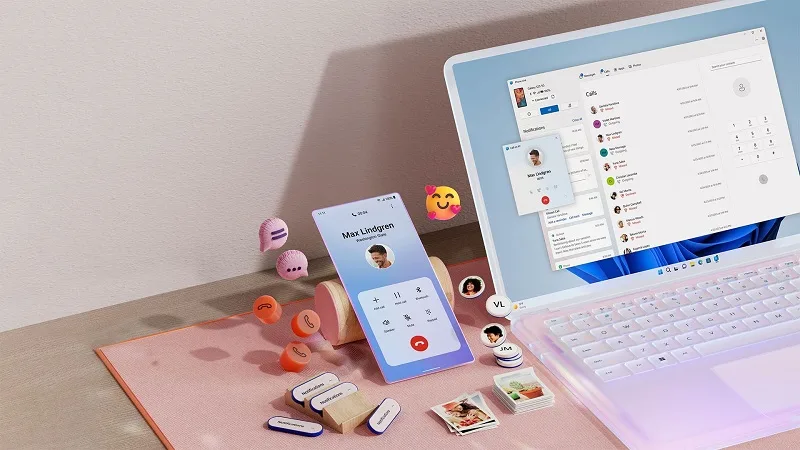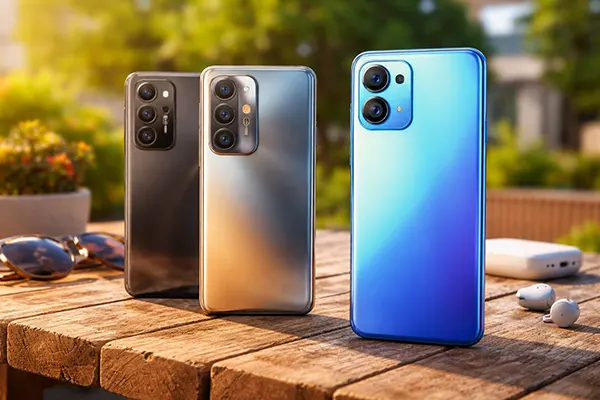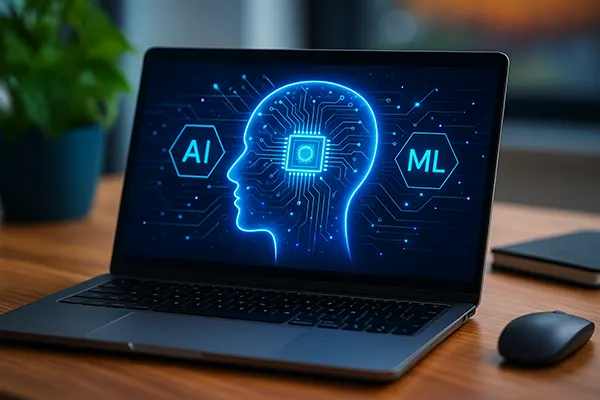
PC and Mobile Connection Technology
In today’s rapidly advancing technological landscape, the ability to seamlessly connect PCs and mobile devices has become essential. This connection enhances productivity, facilitates communication, and ensures that important data is accessible across all devices. Understanding the technologies and applications that enable this connectivity can help users make the most of their digital tools.
Technologies and Applications for PC and Mobile Connection
Various technologies enable the connection between PCs and mobile devices, each offering unique features and benefits. One of the most common methods is through Bluetooth technology, which allows for wireless data transfer and communication between devices. This technology is particularly useful for short-range connections and is widely supported by both PCs and mobile devices.
Another prominent technology is Wi-Fi Direct, which allows devices to connect directly to each other without the need for a wireless access point. This method provides a fast and secure way to share files, stream media, and even mirror screens. Applications such as AirDroid and Pushbullet leverage Wi-Fi Direct to enhance connectivity and provide additional functionalities like notification mirroring and remote file access.
Why Connection Technology Matters and What Problems It Solves
Connecting PCs and mobile devices offers several significant benefits. It enhances productivity by enabling users to access and transfer files quickly between devices without the need for cumbersome cables or external storage devices. This seamless data exchange is crucial for professionals who need to work on the go and ensure their data is always synchronized across all platforms.
Additionally, these technologies solve several common problems. For instance, they eliminate the need for repetitive manual transfers of files between devices, reducing the risk of data loss or duplication. Moreover, connectivity apps provide functionalities such as remote access and device management, which are invaluable for troubleshooting and managing multiple devices from a single interface.
Challenges and Limitations of Connection Technologies
Despite the numerous advantages, there are also challenges associated with connecting PCs and mobile devices. One major issue is compatibility, as not all devices support every connectivity technology. This can limit the effectiveness of certain applications or require users to adopt multiple solutions to cover their needs. Additionally, security concerns are paramount, as wireless connections can be vulnerable to unauthorized access and data breaches if not properly secured.
Top Applications for PC and Mobile Connectivity
Several applications have emerged as leaders in the field of PC and mobile connectivity, each offering distinct features to enhance the user experience. Below are three notable applications:
- AirDroid: This application provides comprehensive device management, file transfer, and screen mirroring functionalities. Users can manage their mobile devices directly from their PCs, send and receive messages, and access files remotely.
- Pushbullet: Known for its notification mirroring and easy file sharing, Pushbullet allows users to stay connected across devices by syncing notifications and providing seamless file transfer capabilities.
- Your Phone (Microsoft): Integrated with Windows 10, Your Phone enables users to link their Android devices to their PCs, offering features like message syncing, photo access, and even app streaming directly to the desktop.

Future Trends in PC and Mobile Connectivity
As technology continues to evolve, the future of PC and mobile connectivity looks promising with several emerging trends. One such trend is the integration of artificial intelligence (AI) to enhance connectivity. AI can predict user behavior and automate tasks, making the connection between devices more intuitive and efficient.
Additionally, the rise of 5G technology is set to revolutionize how devices communicate. With significantly faster data transfer rates and lower latency, 5G will enable real-time interactions and seamless integration between PCs and mobile devices. This advancement will support more complex applications, such as augmented reality (AR) and virtual reality (VR), which require robust and reliable connections.
Moreover, increased focus on security will drive the development of more secure connectivity solutions. As users become more aware of the risks associated with wireless connections, there will be a greater demand for applications that offer robust encryption and advanced security features to protect sensitive data.
The ability to connect PCs and mobile devices is no longer a luxury but a necessity in today’s digital world. By understanding and leveraging the available technologies and applications, users can significantly enhance their productivity and ensure their data is always accessible and secure. As innovations continue to emerge, the future of connectivity promises even greater possibilities for seamless and efficient device integration.



